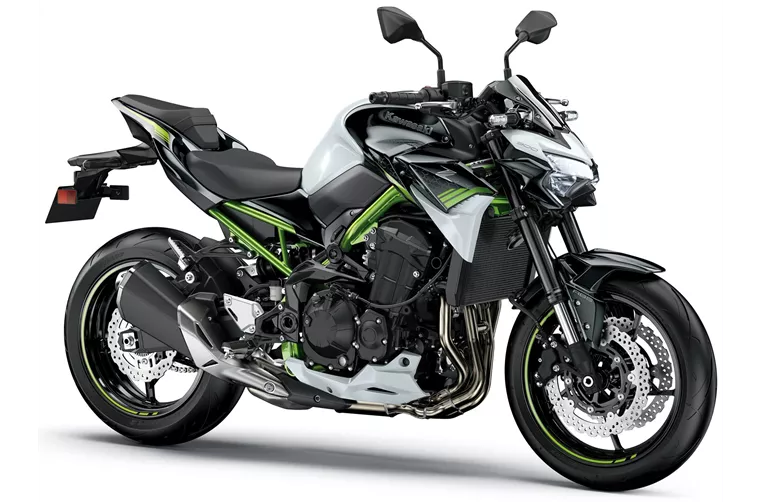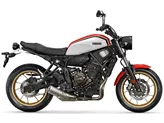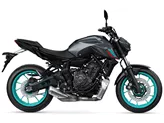Yamaha MT-07 2017 vs. Kawasaki Z900 2020

Yamaha MT-07 2017
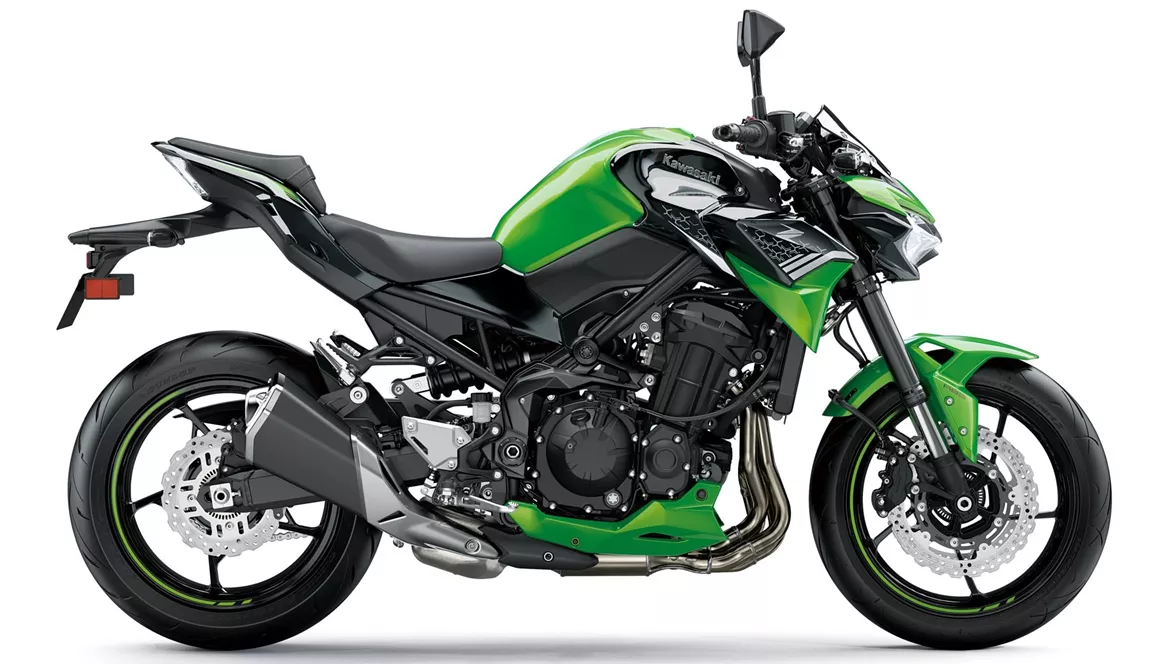
Kawasaki Z900 2020
Vue d’ensemble - Yamaha MT-07 2017 vs Kawasaki Z900 2020
The Yamaha MT-07 2017 and the Kawasaki Z900 2020 are both popular naked bikes in their respective model years. While they have some similarities in terms of engine type, front and rear tire dimensions, and double disk brakes, there are also notable differences between the two.
In terms of engine power, the Yamaha MT-07 2017 is equipped with a 2-cylinder in-line engine that produces 75 horsepower and 68 Nm of torque. On the other hand, the Kawasaki Z900 2020 boasts a more powerful 4-cylinder in-line engine that delivers 125.4 horsepower and 98.6 Nm of torque. This significant difference in power output gives the Z900 an advantage in terms of acceleration and top speed.
Both bikes have liquid cooling systems and steel frames, ensuring efficient heat dissipation and durability. However, the Yamaha MT-07 2017 has been criticized for having a chassis that is too soft, which may affect its handling and stability at high speeds. In contrast, the Kawasaki Z900 2020 is praised for its great handling, thanks to its upside-down telescopic fork front suspension and well-designed frame.

Yamaha MT-07 2017
In terms of dimensions, the Kawasaki Z900 2020 has a slightly longer wheelbase of 1450 mm compared to the Yamaha MT-07 2017's 1400 mm. This longer wheelbase may contribute to the Z900's stability and maneuverability, especially during cornering.
When it comes to weight, the Yamaha MT-07 2017 has a kerb weight of 182 kg with ABS, while the Kawasaki Z900 2020 is slightly heavier at 210 kg with ABS. Although the Z900 is heavier, its powerful engine compensates for the additional weight, resulting in a thrilling riding experience.
In terms of seat height, the Yamaha MT-07 2017 offers a seat height of 805 mm, while the Kawasaki Z900 2020 has a slightly lower seat height of 795 mm. This difference may be negligible for most riders, but it could be a deciding factor for those with shorter inseams.
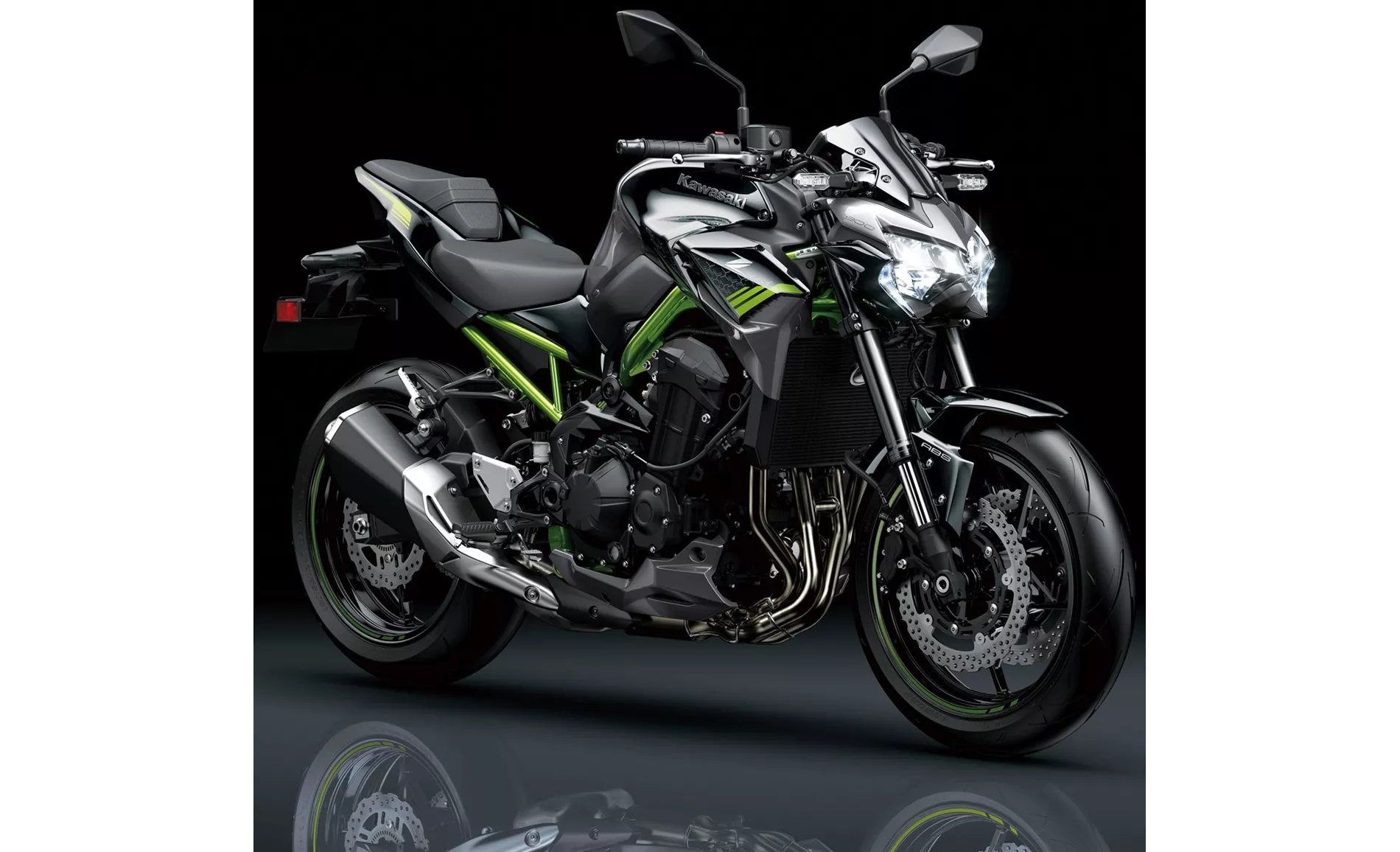
Kawasaki Z900 2020
In terms of weaknesses, the Yamaha MT-07 2017 has been criticized for its soft chassis, which may affect its overall performance and handling. On the other hand, the Kawasaki Z900 2020 has been noted for its somewhat tiring menu navigation and the absence of a quickshifter option, which could be a disadvantage for riders who prefer seamless gear shifts.
In terms of strengths, the Yamaha MT-07 2017 is praised for its great motor, easy-to-read display, and relatively low price compared to other bikes in its class. On the other hand, the Kawasaki Z900 2020 is known for its powerful four-cylinder engine, excellent handling, good equipment, aggressive looks, and overall value for money.
In conclusion, while both the Yamaha MT-07 2017 and the Kawasaki Z900 2020 are impressive naked bikes, the Z900 offers a more powerful engine, better handling, and additional features. However, the MT-07 has its strengths in terms of motor performance and affordability. Ultimately, the choice between the two will depend on the rider's preferences, budget, and intended use of the motorcycle.
Caractéristiques techniques Yamaha MT-07 2017 par rapport à Kawasaki Z900 2020
Avantages et inconvénients en comparaison
Avantages et inconvénients en comparaison
Yamaha MT-07 2017
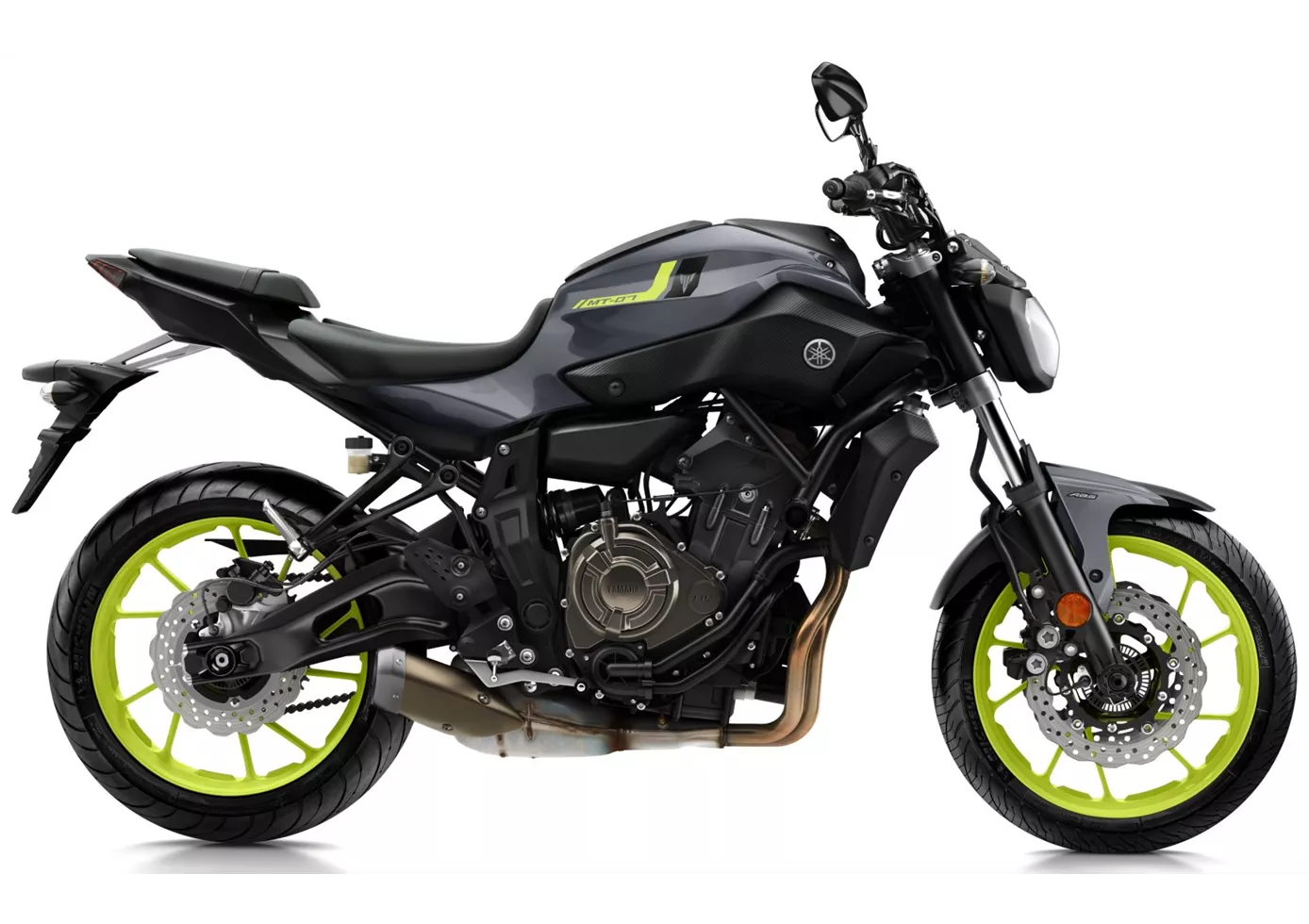
Même après trois ans, la Yamaha MT-07 est toujours considérée comme la favorite du public. Personne d'autre ne propose un tel rapport qualité-prix. Le bicylindre est puissant, mais son dosage est très doux à bas régime. L'écran est également l'un des meilleurs de sa catégorie grâce à sa bonne lisibilité. Seul le châssis déçoit. En conduite sportive, il est tout simplement configuré de manière trop souple, ce qui fait que la MT-07 peut parfois se cabrer.
Kawasaki Z900 2020
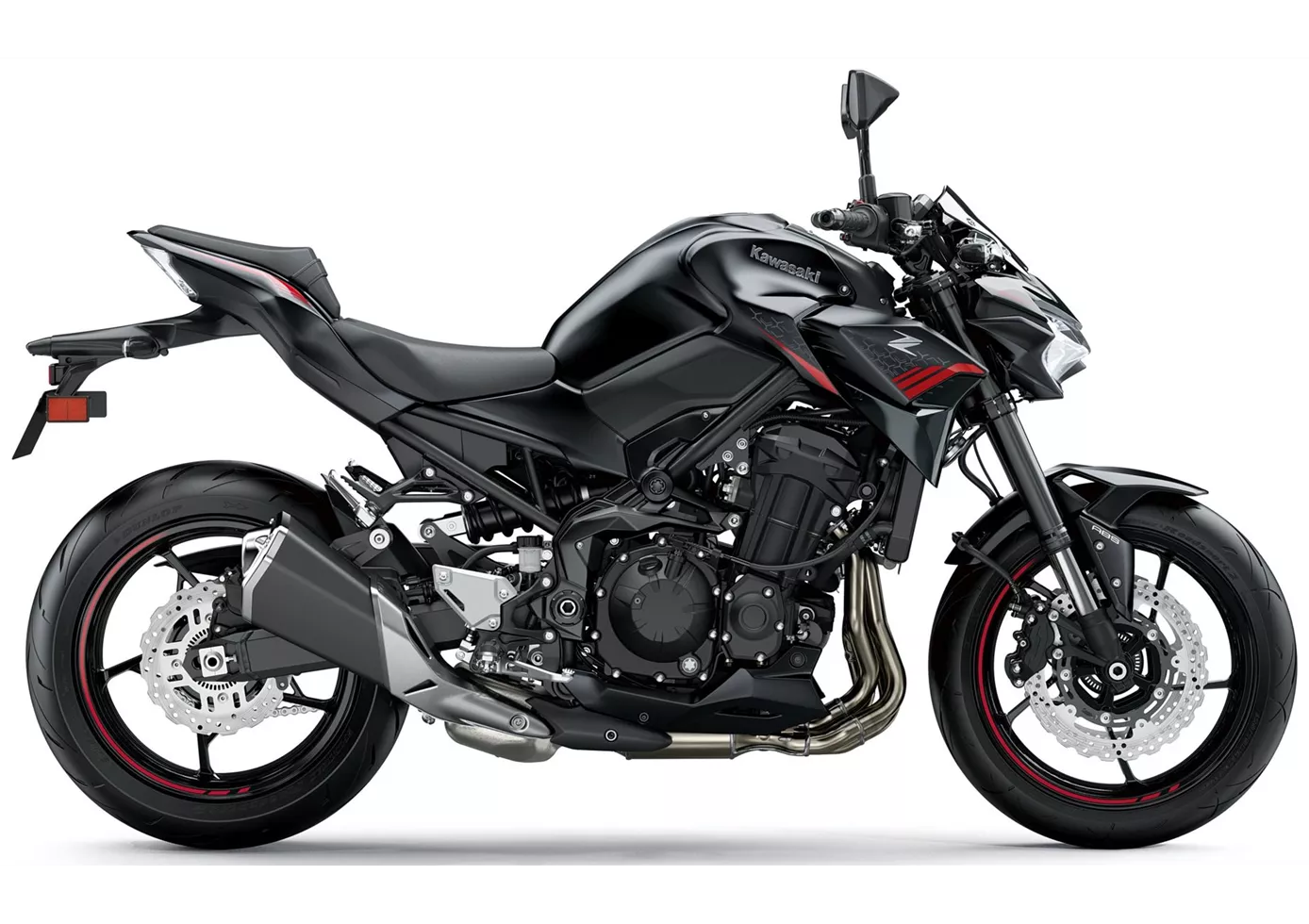
En termes de rapport qualité-prix, la Kawasaki Z900 est actuellement difficile à battre. Avec son moteur parfaitement réglé, ses composants de châssis de haute qualité et l'électronique ajoutée pour 2020, cette naked bike offre tout ce que les conducteurs sportifs recherchent. Il n'y a rien à redire, même si l'option Quickshifter aurait été un plus appréciable. En dehors de cela : un grand coup, Kawasaki !
Comparaison des prix Prix moyen du marché Yamaha MT-07 vs Kawasaki Z900
There are a few key differences between a Yamaha MT-07 2017 and a Kawasaki Z900 2020. In terms of price, the actual average price of a Kawasaki Z900 2020 is about 32% higher. Compared to Kawasaki Z900 2020 there are less Yamaha MT-07 2017 bikes available on the 1000PS.de Marketplace, specifically 20 compared to 34. It takes less time to sell a Yamaha MT-07 with 83 days compared to 124 days for a Kawasaki Z900. Since model year 2013 1000PS.de editors have written 69 reviews for the Yamaha MT-07 and 46 reviews for the Kawasaki Z900 since model year 2017. The first review for the Yamaha MT-07 was published on 11/4/2013 and now has more than 12,600 views. This compares to more than 93,200 views for the first review on Kawasaki Z900 published on 11/11/2016.

